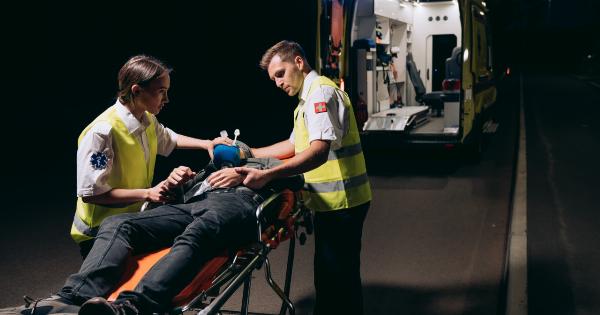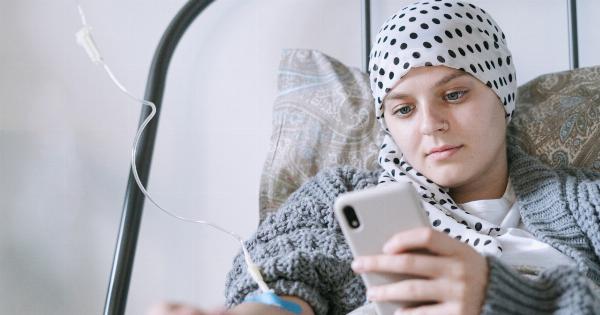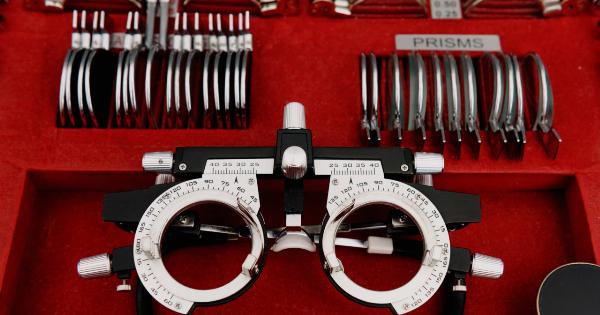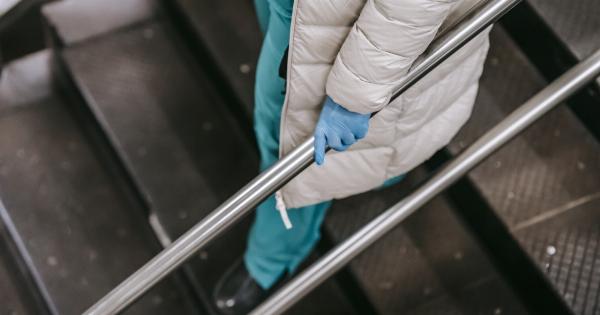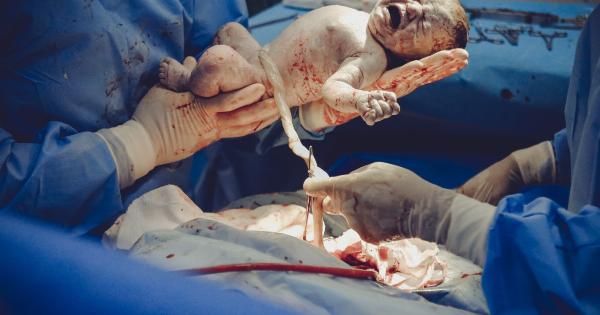Photography is already a versatile tool that allows us to capture moments, document history and create art. But beyond its applications in photography, it is now being recognized as a useful diagnostic tool for musculoskeletal problems.
Given its versatility, it’s no surprise that many healthcare professionals are now incorporating it into their practice.
Musculoskeletal Problems
Musculoskeletal problems can arise from a variety of sources. These can include genetic conditions, degenerative diseases, injuries, and poor posture.
Diagnosis and treatment are typically carried out by medical and healthcare professionals such as chiropractors, physical therapists, orthopedic doctors, and physiatrists. But, with the advent of photography, these professionals now have an additional diagnostic tool at their disposal.
Understanding Musculoskeletal Problems
While it is important for healthcare professionals to possess a comprehensive understanding of musculoskeletal problems, it is difficult to gain an accurate diagnosis by simply listening to patients’ descriptions of their symptoms.
Diagnoses are typically a combination of medical history, visual, and physical examination, and imaging studies. However, the use of photography can provide an additional layer of information that these medical tools may not catch.
By capturing detailed images of muscles, tendons, and ligaments, which would not be apparent on simple physical exams, healthcare professionals can have a more comprehensive understanding of musculoskeletal problems.
Capturing images of patients’ posture, for example, can offer visual information that will help in identifying poor posture and its effects on skeletal alignment.
The Advantages of Photography in Musculoskeletal Diagnosis
The image capture by photography is objective and permanent. This means that they can be revisited when desired which makes photography a better diagnostic tool than physical exams.
Photography also doesn’t cause any pain or discomfort, which makes it especially valuable for patients who are already suffering from chronic pain.
Another significant advantage of photography is its mobility and convenience.
Digital equipment, such as cell phone cameras, are portable enough to be brought to a patient’s bedside, or while patients are completing their daily activities, which can provide accurate information about the impact of these activities on their musculoskeletal system.
How Photography is Used in Diagnosis
There are two main areas where photography is used in musculoskeletal diagnosis:.
1. Assessment of the skeletal alignment
Photography captures skeletal and muscular imbalances, which are critical factors in the causes of musculoskeletal problems.
Long-term imbalances like those caused by poor posture, for example, can cause chronic pain, inflammation, and other conditions in different joints and muscles of the body. But, photography has the potential to catch these imbalances early before they develop serious conditions.
2. Documentation in the Treatment Process
Photography is a useful documentation tool. Care providers and patients can compare pre-treatment and post-treatment images side by side to measure rehabilitation progress and recovery.
That way, patients can have a better understanding of the treatment’s effectiveness, and their ability to complete activities of daily living.
Challenges to the use of Photography in Diagnosis
There are some challenges to the use of photography in musculoskeletal diagnosis.
The first challenge is knowing precisely what needs to be captured in the images. Precise guidance should be provided on what angles and areas should be captured to ensure that photos provide the needed information without subjectivity.
The second challenge is that patients may have difficulty standing in specific positions for prolonged periods, or they may be uncomfortable posing in front of an unfamiliar device which can lead to inaccurate results.
It’s therefore important for attending technicians to make patients feel relaxed and comfortable to obtain accurate and complete images.
The Future of Photography in Diagnosis of Musculoskeletal Problems
With an aging population, and the increasing demand for personalized medicine, the applications of photography in healthcare will only continue to grow in popularity and usage.
We believe that more medical professionals and clinics will start to integrate photography into their diagnostic and treatment plans in the future, further improving patients’ understanding, care, and results.
Conclusion
Incorporating photography into the diagnosis and treatment of musculoskeletal problems has already shown to be a valuable and versatile tool.
The use of photography is expected to become more common as medical tools become more digitally based, mobile, and convenient.


